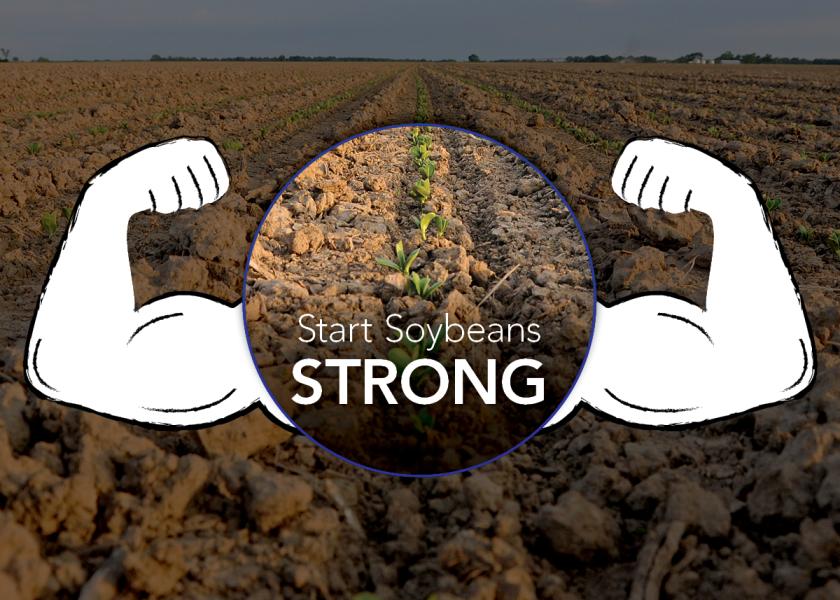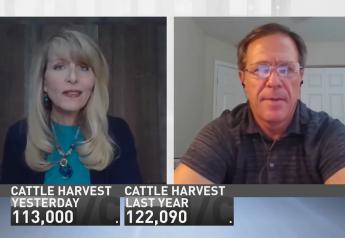4 Ways to Start Soybeans Strong

By Bridgette Readel
Farmers focus on soybean genetics, disease packages and maturity date when planning for high yields. In addition, several basics will matter to 2024 crops. As you build your soybean crop plans, don’t overlook four items that affect your weed control. Farmers don’t want to be surprised. Here’s a great opportunity for you to educate and be a valuable business partner to their operations.
1. What’s old is new again
Older yet still effective herbicides are being sought for improved weed control. Soybeans need multiple modes of action. Use of a preplant-incorporated herbicide allows for weed control barriers earlier in the season and brings Group 3 mode of action to the field. Trifluralin, ethalfluralin and pendimethalin have various formulations. The best choice depends on the tillage practices used.
2. Weather that requires adjuvants
According to Justin Storm, WDAY radio meteorologist in Fargo, North Dakota, spring will come early to the Northern Plains after a relatively mild winter. Although conditions look to warm up early and quickly, drier conditions look to set in across much of North Dakota, South Dakota and central Minnesota. Rainfall may be spotty and limited.
3. Water, water and more water
With a warm, dry forecast ahead, higher volumes of water can help alleviate leaf burn in the crop. Increased water rates provide more leaf coverage and allow for better absorption. Dilution is the solution.
4. Endangered Species Act
As pesticide labels go through their re-registration process at the EPA, you’ll notice new language on the federal labels. They now show mitigation measures to avoid potential runoff, information about buffer zones and reminders of the Endangered Species Act. It is now the applicator’s responsibility to know what endangered species could be near the application site and what may or may not be sprayed. Endangered species lists are updated often, which means you need to check the federal labels within six months of application. Have you reviewed your pesticide spray list with your farmers and compared it to the federal website? Now is the time to prepare for changes.
Sarah Lovas, chair of the North Dakota State Board of Agricultural Research & Education, shares this reminder, “The changes the EPA is making to pesticide labeling in order to comply with the Endangered Species Act has the ability to greatly change the way we apply and use pesticides in our everyday farming lives. It is more important than ever to read and follow the pesticide label directions.”







